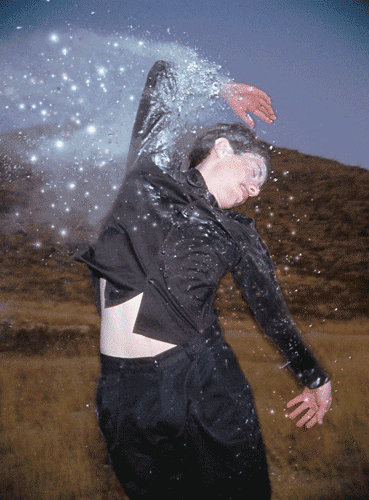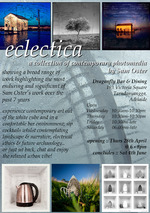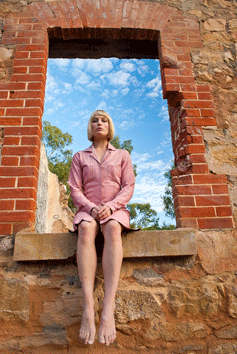ADDED NOTE - The Human Locomotion Project, an exploration in contemporary movement of Eadwaerd Muybridge's movement studies of the 1880's, has a seperate section on this website - Please check the Human Locomotion Project Journal tab (left) to read the trials and tribulations of this quirky project (which is still in post production over 6 months after the shoot!) - and to see the draft edits.
Well, The Human Locomotion Project has been successful with some funding, but not all of what is required to make the project as awesome as I'd like. So today I'm starting a fundraising drive to kickstart the technology budget to start getting equipment together for the camera array.
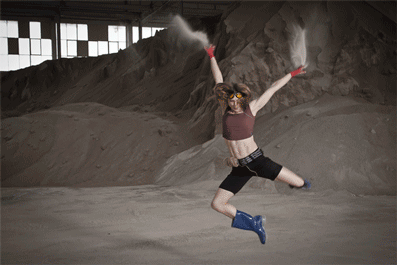
So far we've done a test shoot with 6 cameras and a basic system to coordinate the cameras using a combination of software (we are trialing Breeze Systems' multi-camera remote capture software) and hardware specifically designed to allow us to synchronise the camera shutters, or indeed stagger them at specific periods. We set up the rig on a metal rod on C-stands, using Manfrotto Superclamps with a ball head to set the cameras on. It was pretty sturdy and the wheels on the C-stands were brilliant to allow up to move the rig to finesse the frame when it came to shooting. I wanted to test using flash with a simultaneous capture, and trial a variety of setups with both the timing of the camera shutters and the positioning of the cameras in relation to one another. On the day it proved a lot more tricky than we thought. These were the initial challenges (just being frank - although it was tricky it was a hoot!):
- The cameras (we used Canon 5D Mark IIs), when positioned side by side, have a 16cm gap between the centre of the lenses - this is a massive 'multisteroebase' and limits the proximity to the subject to far distances (we calculated a minimum of 5 metres)
- The Breeze software created huge issues for us. Sometime all cameras fired but mostly at least 2 or 3 of them went into a bizarre mode where they were waiting (forever it seemed) for 6 images to record. Or they didn't fire at all. The download time to the laptop was so slow that it was impossible to work with. We have been in contact with the software manufacturers and will try shorter USB leads and better hubs, as well as faster computers.
- We abandoned using the software and manually set each camera up as we adjusted the settings. This was a nightmare as access to the cameras was difficult, but Des Berwick managed to handle the pressure really well and got it done.
- By the time we got the cameras synchronised the dancer had to leave, so we just got a little bit of time to play - Lisa was amazing to work with and we managed to get a few interesting shots. It was impossible to see the results on anything but the camera LCD displays, so it was pretty exciting to review the images in Lightroom after the shoot to see what we got 'in the can'. I can see why getting something like the Breeze software working is absolutely critical for an effective workflow.
Besides all that it was a great day and really illuminating technically. We now have a solid plan for the changes we need to make, and are looking forward to another array trial in a couple of weeks' time. I have cut together a really ROUGH edit of footage taken on the day.
So - onto the finer details of the project now. Whilst trying t sort out the technical stuff as well as rigging solutions etc etc, I am in the process of initiating a drive for funding support. People can donate to the project via AbaF's Australia Cultural Fund, and their donation is tax deductible. I really hope people can support us and get behind the project. It feels really exciting for me as an artist to be exploring all new territory. This project is my first exploration of multiple camera capture and is just a PERFECT next step for me. It brings together all of my interests - photography, moving image and dance - and creates a new space for me to play in. We have secured a great big warehouse space to shoot the project in, so I am now looking into ideas for the 'staging' elements of how to use the space effectively. Lots to do!!
Here are a couple of the rough-cut outcomes:
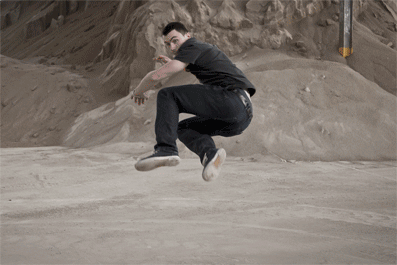
I'm pretty happy with these outcomes, considering the challenges we had! But see below for how things can go wrong..
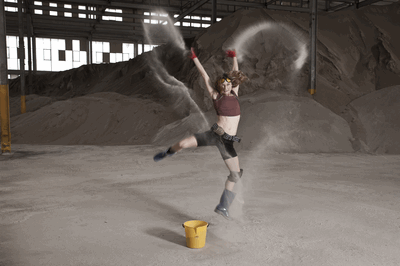
You can see from the shot above that if the focal lengths aren't all spot on the image wiggles like crazy. You can also see the inconsistency of the flash duration across the captures. I think it was a bit ambitious to think that flash would work effectively, but I did manage to get one reasonably consistent exposure across the array. Why it works sometimes and not others I'm not yet sure. But continuous lighting will be the plan for the main shoot anyway, as we'll be integrating with video. It's a bit annoying to look at the gifs (sorry) but they do at least illustrate some of the challenges involved. The top shot had a small gap between frames, whilst the lower image was synchronised. The cameras were all parallel, as opposed to being convergent. We didn't get to try that as we ran out of time.
So, LOTS to do and very quickly running out of time (and money).
If you are interested in supporting this project by donating some funds, you will be well acknowledged for your support. We'd really appreciate it!! You can find information about the project and how to donate here..
'till later,
Sam :)
 Monday, September 19, 2011 at 11:17PM
Monday, September 19, 2011 at 11:17PM 